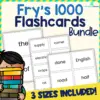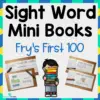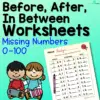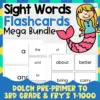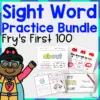When summer approaches, camping becomes a popular activity for families. Let children experience the joys of camping as they embark on this journey of exploring the different activities that make them little adventurers.
Check out the ten activities to use in class for lessons on surviving in the outdoors.
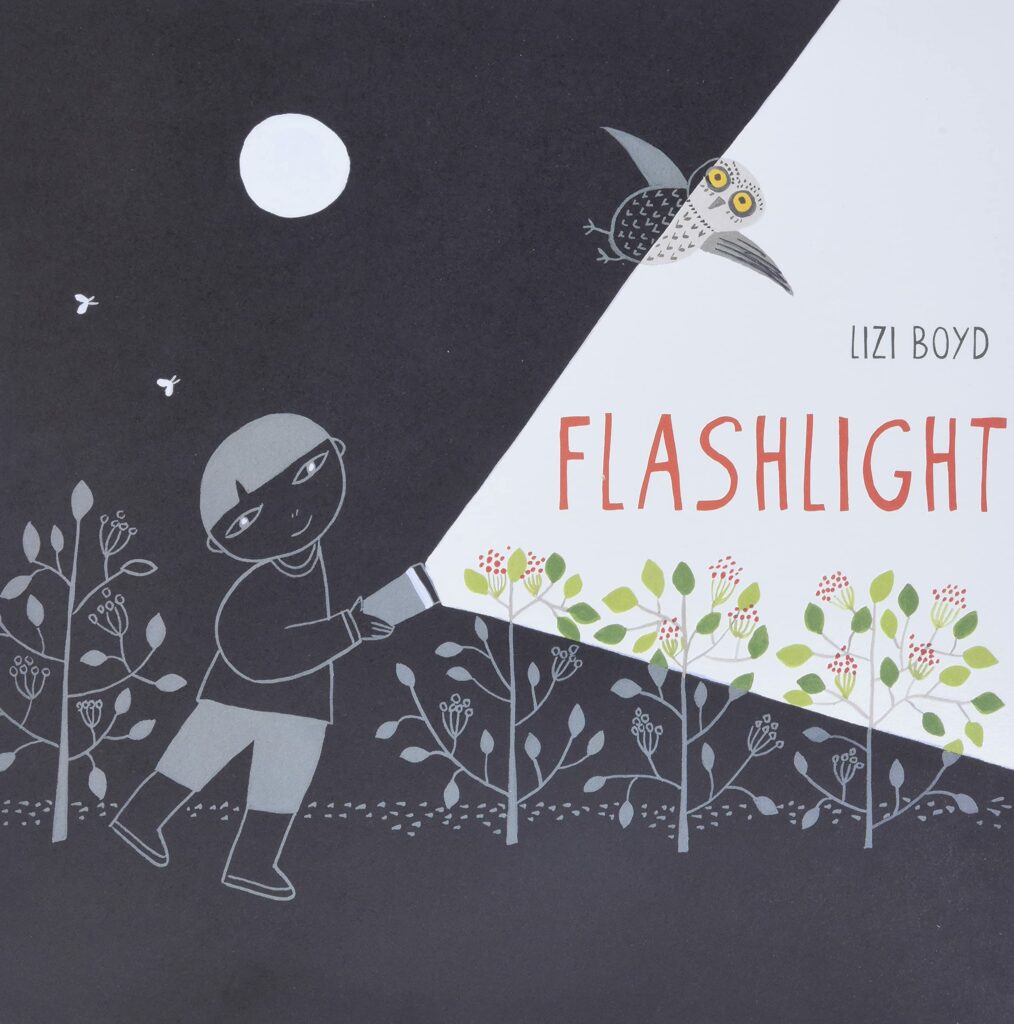
Reading stories about camping to children helps get them excited and prepare themselves for an adventure. They become informed and aware of the different possibilities that may happen during camping.
The site lists ten books about camping that will interest children of different ages. Whether first-timers or seasoned campers, children will be able to relate to the characters’ experiences.
With these books, children may learn about the letters of the alphabet related to camping. They can also learn about fascinating geographical locations that are great for camping and wildlife.
The stories are also a great way to help children learn social-emotional learning. As the characters in the books go through adventures and solve problems, children are given examples of thinking critically and communicating efficiently.
Incorporate some activities in the books to make lessons fun and interactive. Let children set up a tent in the play area, and pretend to cook, roast, or even pretend to fish.
Knowing what to expect creates a sense of self-awareness and will lead to children who are less hesitant about camping in real life.
For this activity you will need:
- Any of the books on the list
For more information on this activity, go to EducationOutside.org.
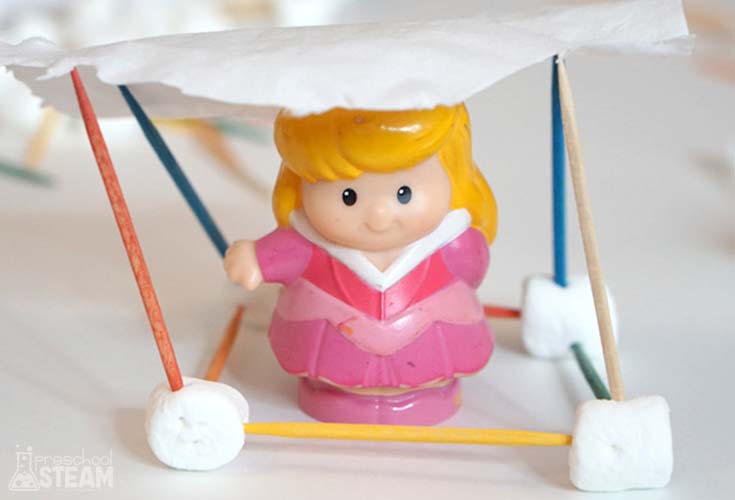
Setting up tents is an essential skill in camping. What better way to teach children its importance than to challenge them to make one using only the available materials?
Children will learn to solve a problem through trial and error. They will learn to think critically, which is essential in their decision-making process.
Start with showing the children the materials for tent making. Tell the children to make a tent for the figurine. A narrative is also helpful in this part. Present the problem through a story and let them feel emphatic to the character’s ordeal.
Say to the children, “The girl needs a place to rest for the night but lost her camping stuff. Will you be able to help her by making her a safe place to rest?”
Once the tent is built, the site recommends using guide questions in discussions. Ask children about the purpose of tents and the materials tents are made from.
Discuss the possible design modifications that children can make that can withstand different types of weather or a design that can fit more than one figurine.
For this activity you will need:
- Mini marshmallows
- Toothpicks
- Small figurine
- Tissue
For more information on this activity, go to PreschoolSTEAM.com.
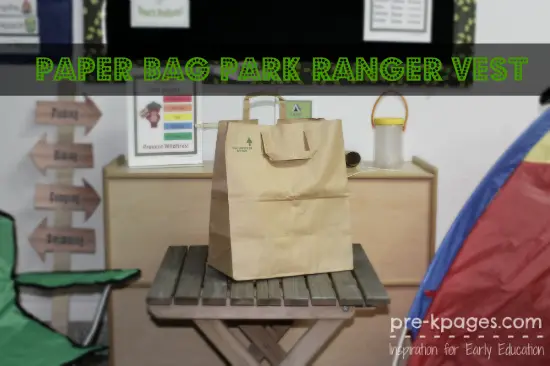
Let children taste what it would be like to work as a park ranger in the national parks with this easy-to-make vest. This craft is a great idea for recycling brown paper bags from groceries.
It will also help children improve their cutting skills and use the vest for dramatic play areas. Use this vest to go with the book “Park Rangers” by Julie Murray, which contains real-life photos of a park ranger in action.
Lay the paper bag flat to make the pattern. Draw lines as a guide for children when they cut the paper. Cut a narrow U shape for the neckline. Next, cut off the arm holes on the sides of the paper bag.
Next, cut the front opening and make the top part of the vest into a V shape form. Refer to the pictures online for this step. Lastly, use the black marker to add details, such as the pockets and the park ranger’s badge.
For this activity you will need:
- Large brown paper bag
- Scissors
- Black marker
For more information on this activity, go to Pre-KPages.com.
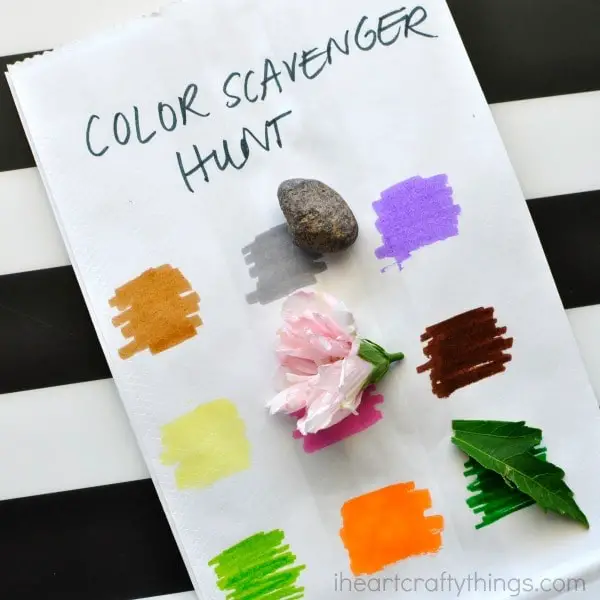
Providing fun activities during camping will allow children to explore and appreciate nature as they complete the task of collecting different things that match the colors given.
This activity will help children improve their color recognition skills and matching skills through this sensory experience.
Start with writing the words Color Scavenger Hunt on the top part of the paper bag. Use different colors of markers to make shadings on the paper. Make as many as nine shades on each bag.
Make the bags identical for every child who will participate in the hunt. Explain the rules of the game. Tell the children to find an item that matches the color on the paper bag. They are to collect these and place them inside the bag.
Using a pencil, they will need to circle or cross out the color of the item they have found. Continue looking until all of the colors are circled.
Let children know they can collect any objects they can find within the allowed area. These should be small enough to fit inside the bag.
For this activity you will need:
- White paper lunch bags
- Markers
- Pencils
For more information on this activity, go to IHeartCraftyThings.com.
You might find helpful: Color Charts for Preschool
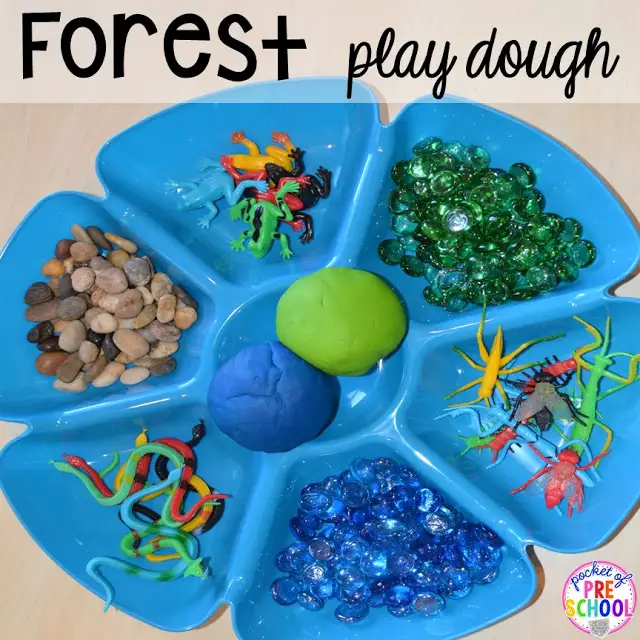
This camping activity provides a glimpse of nature in the comfort of indoors. Let children use their imagination as they become creative in making different habitats for wild animals.
This great sensory activity teaches colors, science concepts, and counting. They will improve their fine motor skills as they pick up the small pieces.
Provide a tray filled with different loose materials. Use different types of stones, such as pebbles and colored glass stones. Plastic animals and clay can also be used.
If possible, show a video or a book about the different habitats these animals thrive in for familiarity. Let children make their version of these habitats.
Point out the colors of the materials so they can figure out what to do. For example, the blue glass stones can be made into a pond for the frogs. The green clay can be turned into a plant for the bugs to live in.
For this activity you will need:
- Trays
- Blue and green colored glass stones
- Pebbles
- Small toy animals like bugs, snakes, and frogs
For more information on this activity, go to PocketOfPreschool.com.
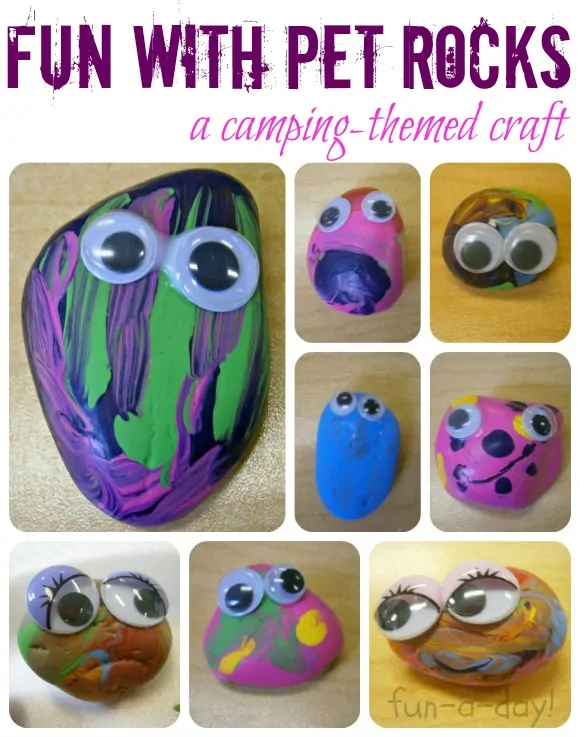
Collecting rocks is a fun activity on nature trips. Make these rocks unique by painting them and turning them into pet rocks. These are convenient to make as pets and will not need grooming, feeding, or walking.
This process art is an excellent opportunity for kids to practice creativity while honing their fine motor skills. They can learn colors and color mixing, use different brushstrokes, and be imaginative simultaneously.
Have children choose their rocks. Preferably, select smooth rocks to make it easy to paint. Do not choose rocks with sharp edges or cracks that may cause scratches on children during play.
Start with cleaning the rocks by washing and scrubbing them. Let these dry before painting. Let children choose the different colors that they will use to make their pets. Brush paint evenly on the rocks and add a second coating if necessary.
They can add details such as a mouth and a nose using markers. Once dry, stick the googly eyes to complete the pet.
Let children name their pets and discuss their special features to enhance their language skills.
For this activity you will need:
- Rocks
- Googly eyes
- Paint
- Paintbrush
- Markers
- Craft glue
For more information on this activity, go to Fun-A-Day.com.
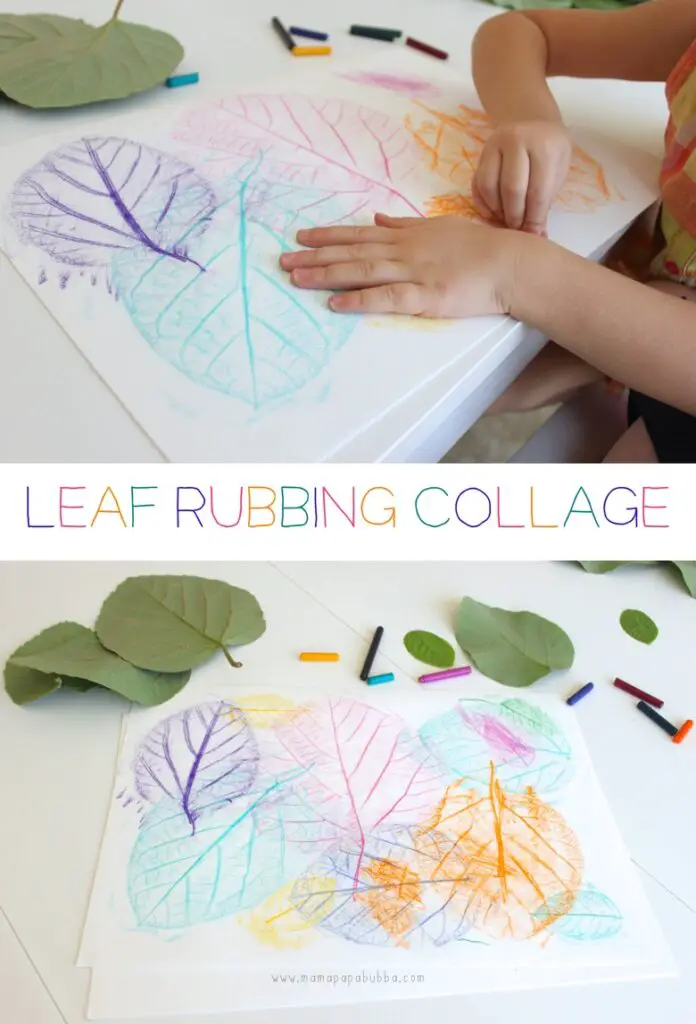
Children will find the prints created from rubbing leaves fascinating. This enjoyable activity is a great way to teach children the art of rubbing a textured object over a paper to transfer the design.
Making a collage of leaf prints means double fun as they learn about colors, textures, sizes, and shapes. This art process will give different results depending on the leaves and the colors used to make the collage.
Have children collect different types of leaves. Choose those that are not bigger than the paper that will be used. Ensure that the leaves are clean, have no tears, and have no rotten or dried parts.
Next, place the leaf between the papers to keep it in its place. This will make it easier for children to rub on paper. Have the children hold the crayon sideways and gently rub it on the leaf.
It would be best to demonstrate this step before letting children work on their own so that they will understand the process better.
Remind children not to rub the crayon too hard to get beautiful prints. Once finished with the first leaf, repeat the process until the paper is covered with leaf prints. Let children know that they can use different colors for their collages.
For this activity you will need:
- Crayons
- Leaves
- White paper
For more information on this activity, go to MamaPapaBubba.com.
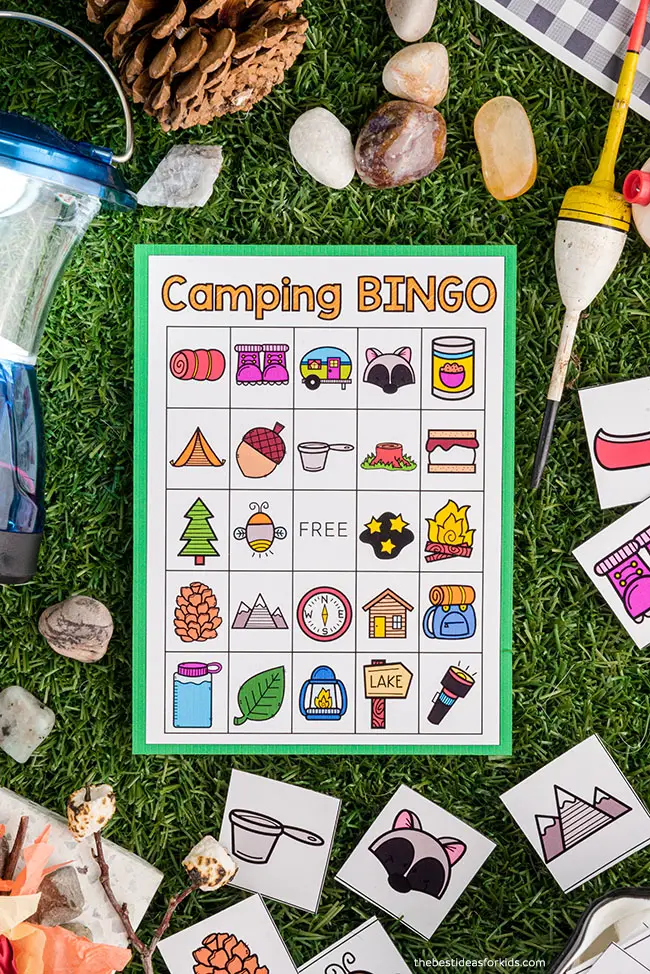
One great way to pass the time during camping is to have fun games. This camping bingo is perfect for families with young children who quickly get bored. Prepare the printables before travel since it requires printing and cutting.
Picture bingo games are great for improving scanning ability, picture recognition, and developing patience.
As an added task, have children collect their place markers around the campsite. Let them choose pebbles or small stones instead of using bingo markers.
Download and print the free bingo game from the site. This comes with ten game cards and one page for the thirty pictures of call-out cards. Cut out the call-out cards.
The site recommends laminating these game pieces for durability and to make them reusable. Children may use dry-erase markers instead of place markers to help improve their fine motor skills.
To play the game, explain the rules. Distribute the game cards. Let the children know a picture will be taken from the pile. They must find the same picture in their game cards and mark them.
The winner is the first to make five in a row, whether horizontally or vertically.
For this activity you will need:
- Printed bingo game cards
- Scissors
- White cardstock
For more information on this activity, go to TheBestIdeasForKids.com.
Related: Camping Worksheets for Preschool
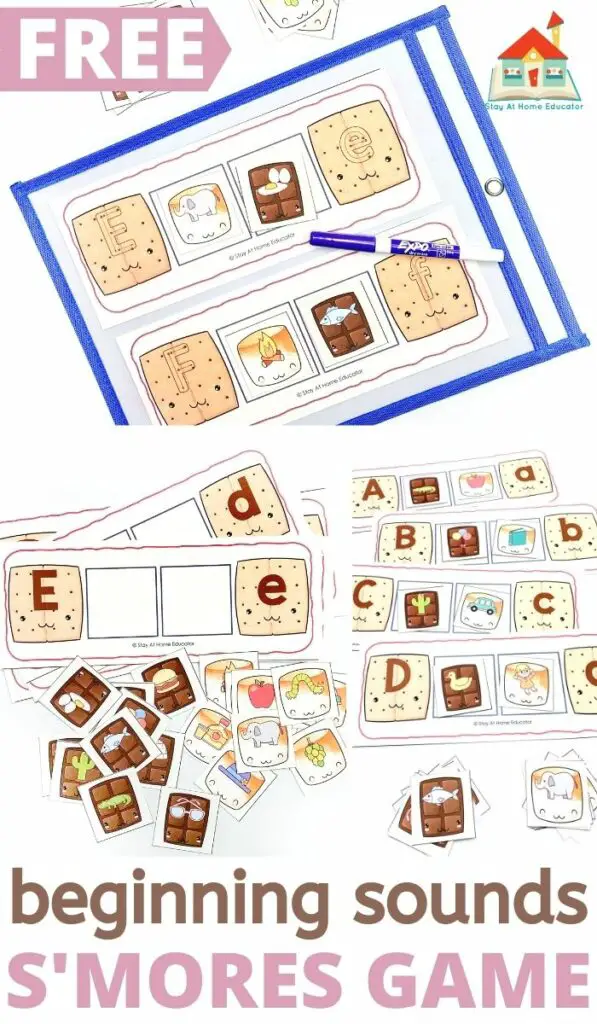
No camping is complete without roasted marshmallows or smores. Make this yummy treat a way for children to learn about letters and the beginning sounds of pictures.
This activity will help children improve their letter recognition, letter-sound correspondence, and matching skills.
The site recommends several ways to use this game. The first is to find the beginning sound of the picture. Children are to place the two pictures on the mat. Place these on the blank boxes between the crackers.
The other way is to have children use the dry-erase markers to trace the uppercase and lowercase letters on the tracing mat. They can write these letters on the boxes after tracing.
Download and print the free game cards on white cardstock. Cut these out and laminate these if possible to make them durable and reusable.
This activity can be used for circle time to review and introduce new letter sounds. Just place the pictures in a bag and have children take turns to retrieve them, say the beginning sound, and match them to the corresponding letter.
This game can also be used for task boxes for individual tabletop activities. This game is a great way to review letter sounds that children may find challenging.
For this activity you will need:
- Printed letter mats and picture cards
- Dry-erase markers and eraser
For more information on this activity, go to StayAtHomeEducator.com.

Include some yoga to help children improve their flexibility, balance, and coordination. This is a great gross motor activity for children, especially those who dislike sports or traditional exercises.
These yoga poses are inspired by camping. Hence, the poses are named after different things familiar to campers. This can be a great idea for backyard camping.
There are twelve yoga poses for children to try. These are canoe, tent, fire, star, rock, bear, tree, moon, insect, fish, compass, and bird.
Lay out the yoga mat and start with easier poses for children to copy. Name the pose and demonstrate how it is done.
For example, let children do the star pose by having them stand straight with their arms stretched sideward. Make twinkling movements of hands by opening and closing them while the arms are stretched.
Another pose is the bird, where children stand straight and flap their arms sideways to mimic a flying bird.
Once children become familiar with the poses and their names, there would be no need to demonstrate the movements.
For this activity you will need:
- Yoga mats
For more information on this activity, go to PinkOatmeal.com.
Conclusion
Camping is such a fun adventure that all children should experience. It is a great outdoor activity that helps children gain different skills. It is also a fantastic way to connect with nature, learn more about it, and appreciate it.
These ten activities allow children to explore and experience camping even within the classroom. Consider using them in lessons to help children build interest in the topic. Thanks for reading! See ya again soon.
For more activities, check these out:


